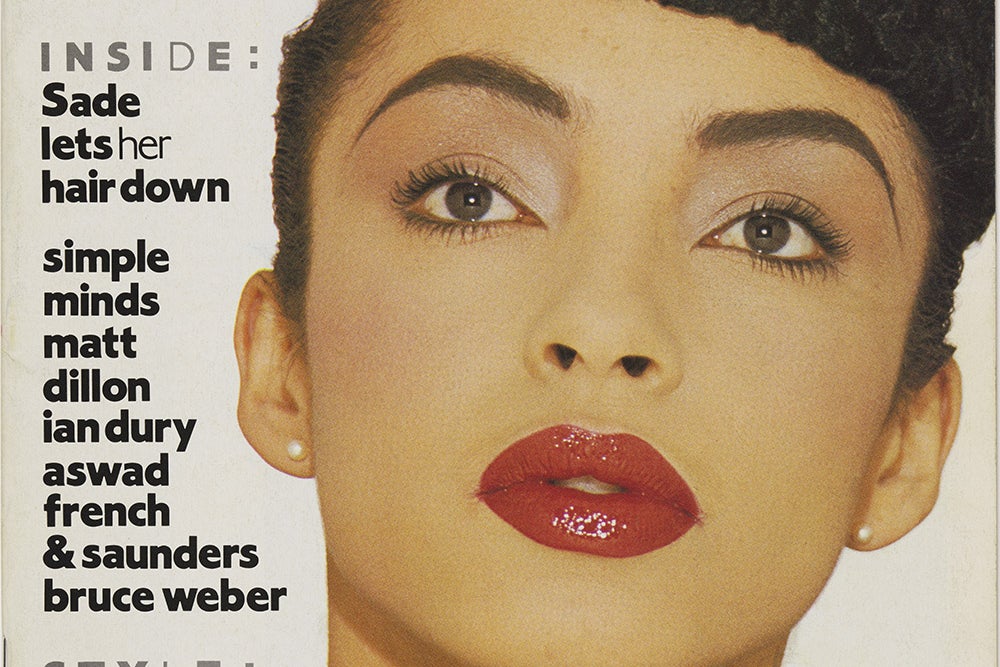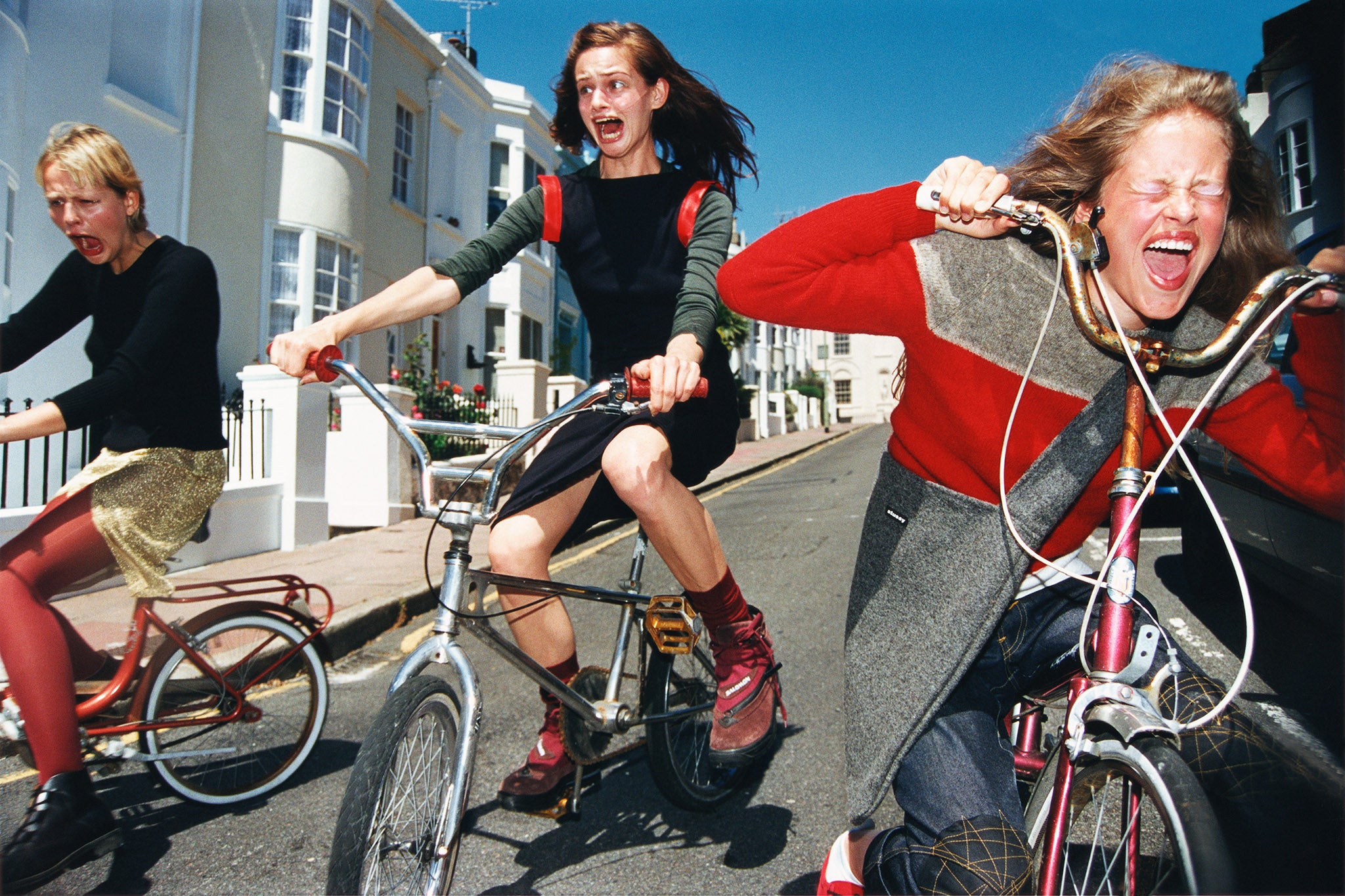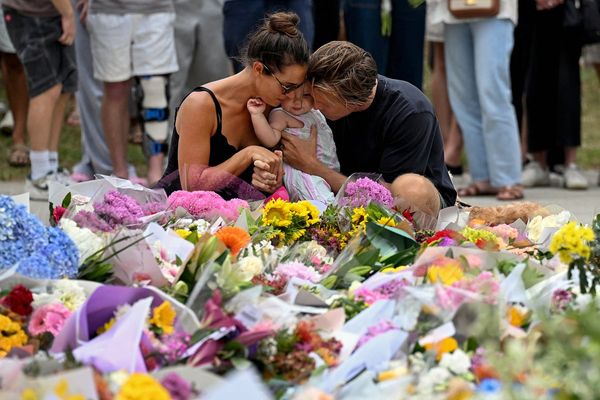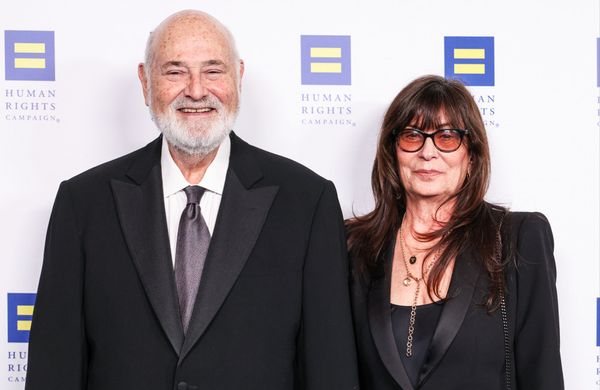
A dizzying barrage of video images of late 20th-century Britain opens this celebration of one of the most influential and controversial publications of the age: The Face. Margaret Thatcher, Boy George, The Spice Girls, Oasis, Damien Hirst, you name them, are all there in Culture Shift, all set to a gleefully tacky synth-pop soundtrack that takes us straight to the moment of the magazine’s launch at the dawn of the Eighties.
That most scorned of decades is suddenly everywhere in art. And if Tate Britain’s exhibition The 80s: Photographing Britain wants to rub our noses in the grim and gritty side of the Thatcher era, this show wants to put a big celebratory smile on our faces when we’re barely through the door. And in the early stages of the exhibition, at least, it’s almost impossible not to succumb.
Say what you like about the UK’s original music, fashion and culture magazine – and it’s had many detractors – it defined the brash, high gloss, unashamedly aspirational aesthetic of the early boom-and-bust era. And before just about anyone, likely even Margaret Thatcher herself, had realised there was going to be a boom-and-bust era.
Founded by former NME editor Nick Logan, The Face launched as a glossy music-centred lifestyle magazine, a sort of Vogue from the street, an idea that seemed almost unimaginable at the time. Where “rock photography” had previously been defined by gritty documentary reportage, invariably black and white, Logan put an emphasis on colour and sumptuous large format photography. This shift in production values brought about an immediate sea change in pop image-making, judging by the stunning, and hugely evocative images in the first room. Adam Ant looks positively Pre-Raphaelite clutching a rose in a 1980 image by Jill Furmanovsky. A very young Boy George looking like he’s barely holding it together is captured by Derek Ridgers, while John Lydon glowers manically in a tartan suit for Sheila Rock. If Lydon had famously sneered at Sid Vicious, “you’re not a fashion model when you’re a Sex Pistol”, The Face effectively turned all its subjects into models, even before its shift from a glammed-up music mag to a principally fashion-focused publication.

In 1983, Logan introduced a new wave of fashion photographers, including Robert Erdman, Mario Testino and Jamie Morgan, used to working with stylists who turned mere images into “narratives”. “Buffalo style”, devised by Morgan and stylist Ray Petri, from a Jamaican term for “attitude”, introduced a new kind of hyper-masculine homoeroticism, with well-muscled models – both Black and white – standing foursquare to the camera in leather skirts, kilts and the shortest of shorts. The best way of promoting Black and gay emancipation, such images implied, was by demonstrating it was already happening.
While The Face aimed to respond to – and lead – what was happening on the Street, the effect, from Eddie Monsoon’s ecstatically zinging Neneh Cherry (1988) to Janette Beckman’s wonderful snap of Run-DMC on their home street in Queens, was like looking in on some endless über-cool party. And if you felt you weren’t invited, it was because you weren’t working hard enough on your “style”, that great Eighties buzzword that The Face did so much to popularise.
The images in the second part of the show, on the 1990s, are generally even bigger and more technically ambitious, but feel less extraordinary, perhaps because the rest of the world had caught up with The Face’s distinctive hyper style. Kurt Cobain in a dress and Beckham’s six-pack dripping blood don’t feel as edgy as they’re intended to be. Corinne Day’s England’s Dreaming depicts a young woman in tight black vinyl trousers sprawled on a sofa surrounded by fag butts, tea cups and beer cans. The shot represents a Face-pioneered trend in anti-fashion photography – sometimes dubbed “heroin chic” – yet it is still patently a fashion photograph.
The arrival of digital photography around the mid-Nineties made everything possible but left the viewer feeling that nothing was that surprising. Inez & Vinoodh’s For Your Pleasure (1994), which photoshops one of the duo’s quirkily provocative fashion tableaux onto an existing slide of a rocket launch is without doubt technically remarkable. Yet while the wall texts describe it as “surreal and ambiguous”, it lacks the bite and edge of real Surrealism.

There’s barely an image here that isn’t brilliant on its own terms. The level of visual invention is stunning, yet the relentless pursuit of page-turning wow factor becomes monotonous. The Face set out to emancipate the reader by reviving the Sixties Mod idea of “the face”, the working class guy who is better dressed and infinitely more stylish than the city gent. Yet by identifying itself so closely with the self-regarding world of fashion, it didn’t shift the culture quite as much as it could or should have done.
The Face shrank from being too closely associated with the early 21st-century convergence of instant celebrities and supermodels – arguably putting itself out of business in the process. Yet its Eighties ideal of classless aspiration enabled a new kind of everyday mega-personality, typified by the Beckhams, Naomi Campbell and Harry Styles, all of whom feature in the exhibition. And at the end of the day, however much The Face tried to convince us we could all achieve street-level stardom by taking on “style”, they’re all actual superstars, while the rest of us are still in the proverbial gutter, however much cool stuff we buy.
‘The Face: Culture Shift’ is at the National Portrait Gallery from 20 February until 18 May







